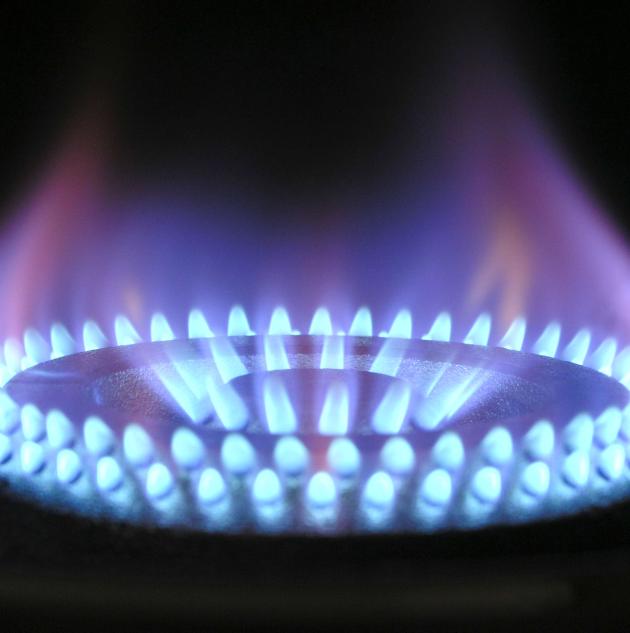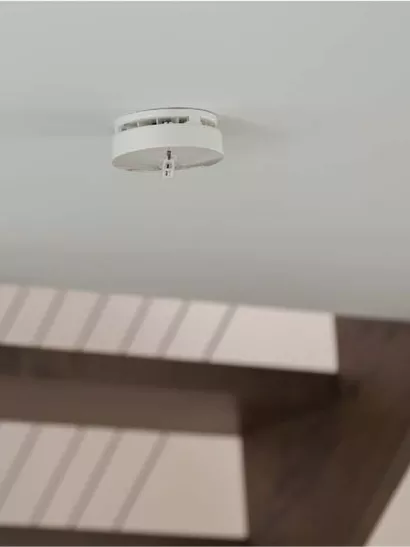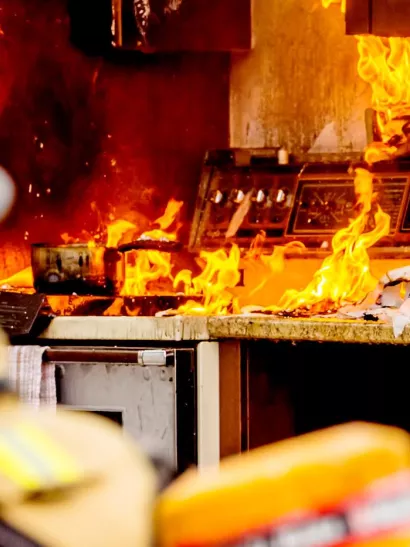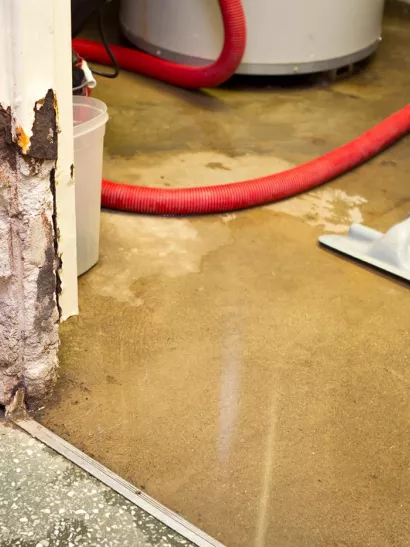Carbon Monoxide Detector: Know When You’re in Danger
Carbon monoxide detectors save lives. This is undisputed, so much that the province of Ontario has made CO detectors mandatory in all residential homes. Even if carbon monoxide alarms aren’t mandatory in your area, you should treat them as such.

What is carbon monoxide (CO)?
Carbon monoxide is created by incomplete combustion of natural gas, propane, heating oil, kerosene, coal, charcoal, gasoline, wood or other biofuels.
The effects of CO exposure include headaches, nausea, dizziness, burning eyes, confusion, drowsiness, loss of consciousness, brain damage and death.
The most dangerous part of CO, and the reason a carbon monoxide alarm is so critical is that the gas is odourless, tasteless and invisible. You’ll never know your house is filling up with it until it’s too late; and for children, the elderly and people with heart or respiratory conditions, too late comes even faster. You'll need a CO detector to be able to detect this gas in your home.
Carbon monoxide at home.
The two main sources of a CO leak at home are non-electric heaters (propane, natural gas or oil) and adjoining garages with remote starting cars that are turned on accidentally. But those certainly aren’t the only sources. Wooden stoves are a common culprit, as are generators, charcoal grills, and blocked chimney flues, which is why you should have your chimney professionally cleaned once a year and regularly get rid of any dust accumulation.

Our Carbon Monoxide Detector Insights
FAQs
When our technicians come out to install your carbon monoxide alarm, they’ll place it in the vicinity of the CO sources listed above. You’ll also have the possibility to add extra smoke and carbon monoxide detectors close to the bedrooms because you’re most susceptible to danger while you’re sleeping. Without a gas leak detector in your home, you won’t wake up if carbon monoxide fills your room while you’re sleeping because you won’t know it’s there (remember that CO is odourless, tasteless, and invisible).
If CO is detected, the alarm of your CO detector will sound and a signal will be sent automatically to one of our 24-hour UL, ULC, & FM approved Monitoring Centers. Our monitoring stations are fully staffed around the clock with trained security professionals ready to handle any emergency.
As soon as you hear that alarm, you should get out of your house and on our side, we'll call 911 immediately for you. Every minute you spend exposed to CO is another minute you’ll be putting yourself and your family in danger.
After comparing and contrasting all available CO detectors, we chose Wireless PowerG CO Detectors for our customers. They’re fully certified by the strictest and demanding international standards for safety products in Europe (LPCB UK, EN 50291) and USA (UL 2075), and they have a four-year battery life. Their carbon monoxide sensor is really effective to detect this deadly gas quickly. We’ll do the installation and the monitoring of your carbon monoxide sensor.
A gas leak, caused by propane gas or natural gas, will produce a strong odor resembling "rotten eggs" thanks to an additive added to this odorless gas. Even partial combustion will remove this odor, but will cause carbon monoxide, also odorless, which makes a CO monitor very important for detecting this deadly gas. The CO monitor will not detect natural gas that has been properly burnt.
Unlike natural gas and propane gas, CO alone is not explosive.
No, because CO is an odorless and colorless gas. The carbon monoxide detector is therefore essential to detect this type of leak. You need a CO monitor to spot any leaks in your home.
Get in touch today to obtain a personalized quote on a CO detection system
CO Detectors are Frequently Bundled With

Carbon Monoxide Detection - Gas & CO Leaks
Protect your family from gas and carbon monoxide leaks. Carbon monoxide detectors help save lives.

Fire Prevention
Two styles dominate the smart home smoke detector market: ionization smoke alarms and photoelectric smoke alarms.

Water Leak Detection
Protect your business from water damage with our commercial water shut off valve.




















